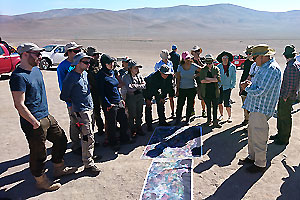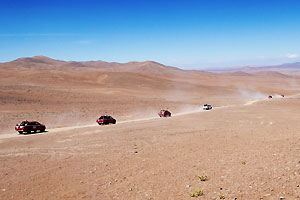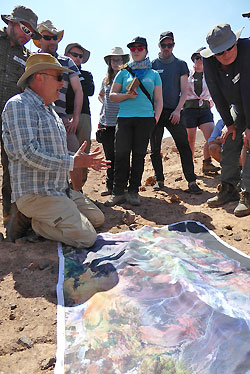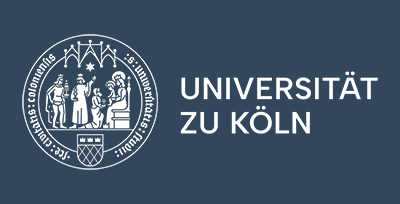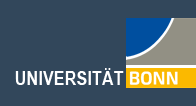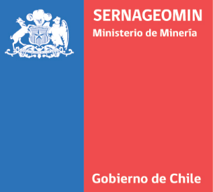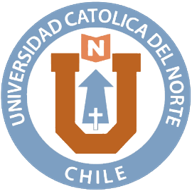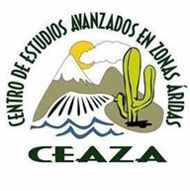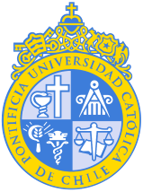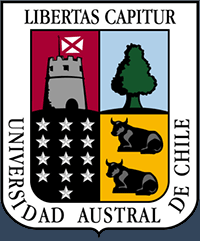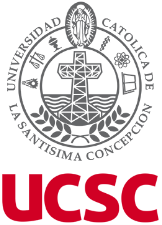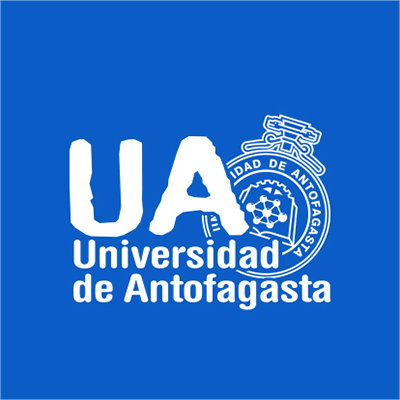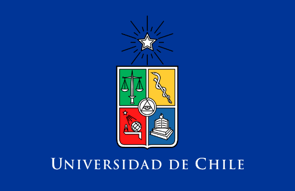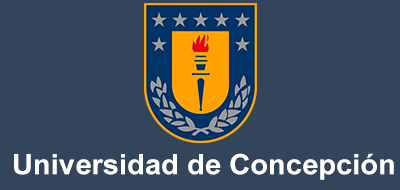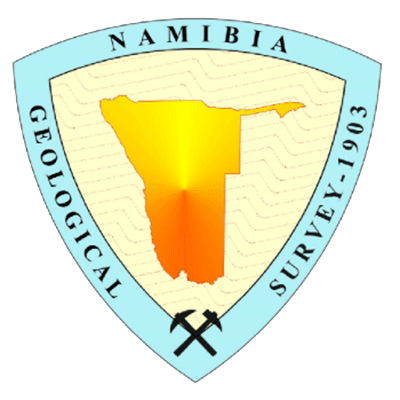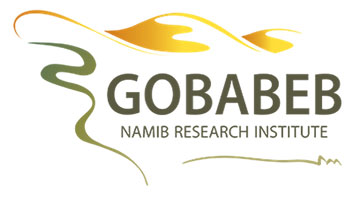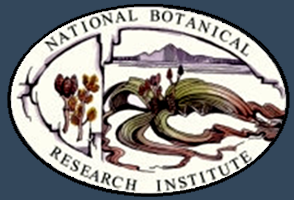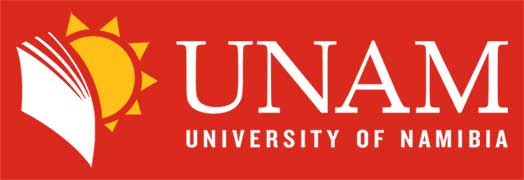In March 2017, a mixed group of 36 researchers from all CRC1211 projects (Biology, Geophysics, Meteorology, Geography, Geology) participate an 8-day introduction field campaign guided by Prof. Tibor Dunai, Benedikt Ritter and Dr. Damian Lopez. The group, with many young researchers (PhD students, PostDocs) visited on their trip all three focus areas of the CRC1211 to gain the big picture of our new Collaborative Research Centre.
A stepwise advance from semi-arid to hyperarid conditions during the trip amplified the importance of water and water-limitation for biological processes and geomorphological landscape evolution in the hyperarid Atacama Desert. The trip started in Antofagasta with 9 4x4 trucks, heading to the South to Taltal, dealing with famous soil study sites (Yungay) and vegetation transects from coastal fog oases towards to intermittent and non-existing vegetation. Starting from Taltal, the campaign experienced toward the north, the evolution of hyperaridity with every kilometre to the center of the hyperarid desert. The group outlined the importance of coastal tectonic uplift, coastal fog vegetation, river incision (Río Loa), Salar evolution (Salar Grande), ancient alluvial surfaces, hyperarid gypsum soils and evaporites. The researchers experienced first-hand how hyperaridity feels, what it means for life and for geological /geomorphological processes in the Atacama Desert.
The excursion ends at the workshop hotel in Hornitos.




